Connected Shelf
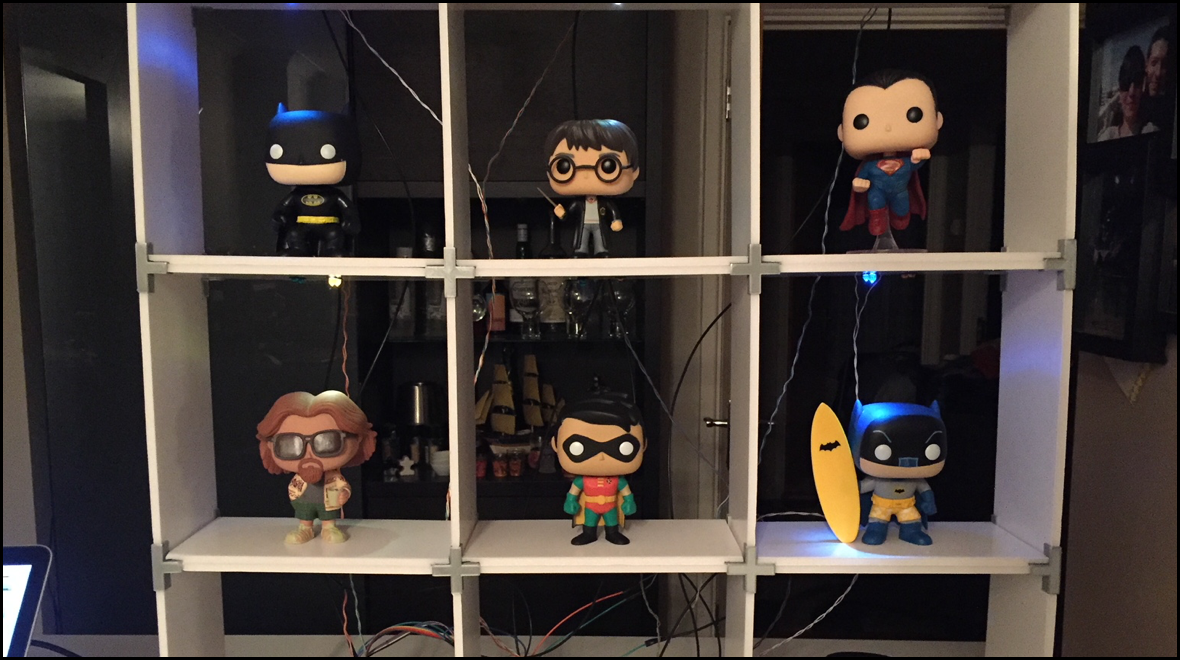
Company: SapientRazorfish
Year: 2017
Role: Experience Designer
The brief
Retail experiences are disconnected between the physical and the digital environments. Customers' digital behaviour isn't connected with the in-store behaviour, so all the information that has been collected from them is lost as soon as they set foot in the shop. We wanted to create a product that would bridge the gap between physical and digital experiences.
The process
I researched existing solutions and how different brands are targeting the issue. I also analysed customers’ behaviours in the different channels, paying close attention to the activities they prefer to carry out on each of them.
To design the experience we used the strengths of each channel to target the weaknesses of the other. For example, in sunglasses shops choice overload can gravely harm the experience: there are so many options that it’s almost impossible to see all the products the customer is interested in. In a digital shop however, choice overload is targeted providing users with filters and different options to only see the products they’re interested in. Yet, in digital experiences the customer can’t feel the physical properties of the product they are selecting and it’s almost impossible to know how a specific item would fit the specific dimensions of their bodies. For this, an in-store experience is perfect.
Using this information we created a concept for a sunglasses shop. The shelf was divided into two interconnected parts: digital and physical. The digital part allowed the customer to use their account to browse their favourites, get recommendations based on their browsing history or even on the shape of their face, filter the brands they like, etc. They could then select their favourite glasses, the ones they wanted to take to the next level and try out. And here’s where the physical shelf came into action. As they selected products on the screen, the physical products in the shop came to live with coloured lights. Customers could then easily find the products they were interested in.
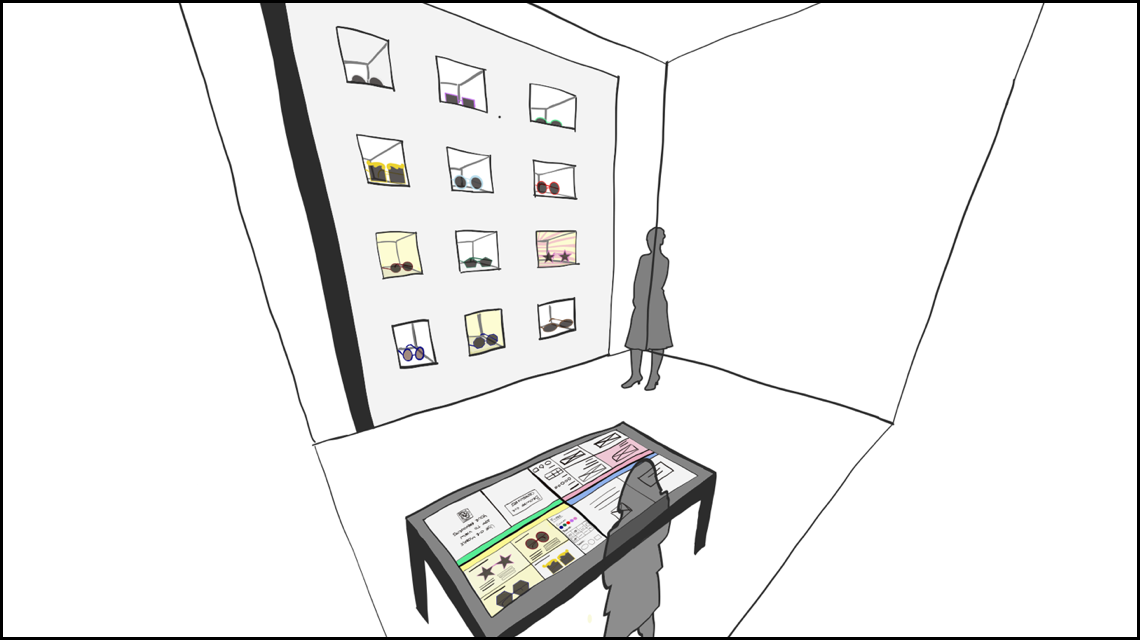
The outcome
I developed a proof of concept that showed the connection between physical and digital. I built a 3x3 shelf with cardboard, coloured LEDs and an Arduino board. This was connected to an interface I developed in Processing, that mirrored the objects on the shelf. The functional prototype was simple (and it had POP heads, instead of sunglasses) and clearly demonstrated the idea.
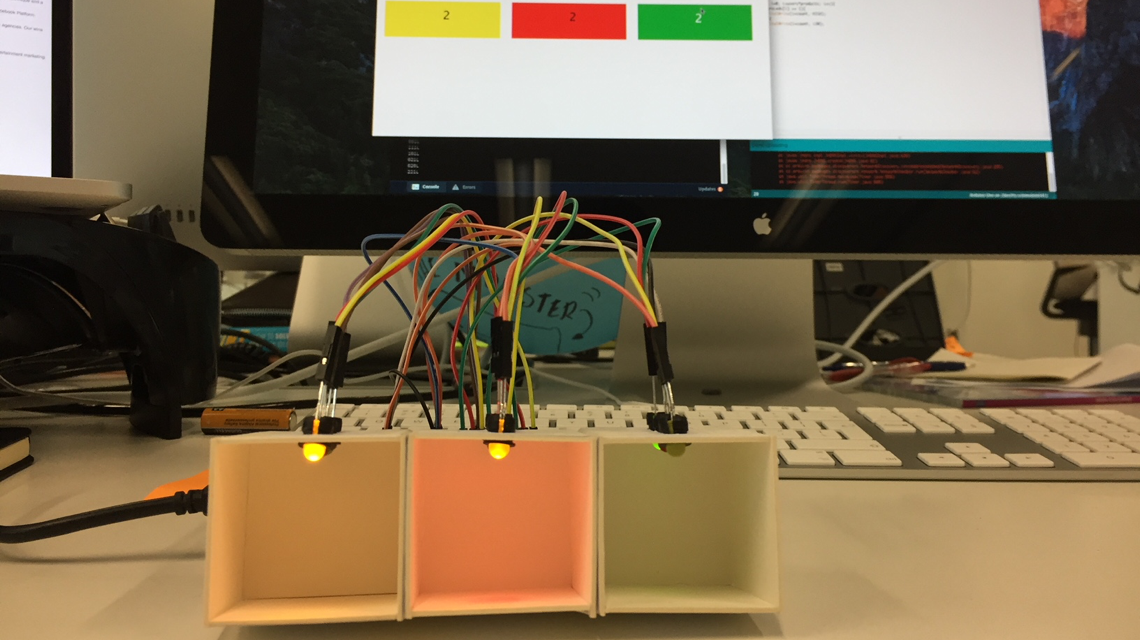
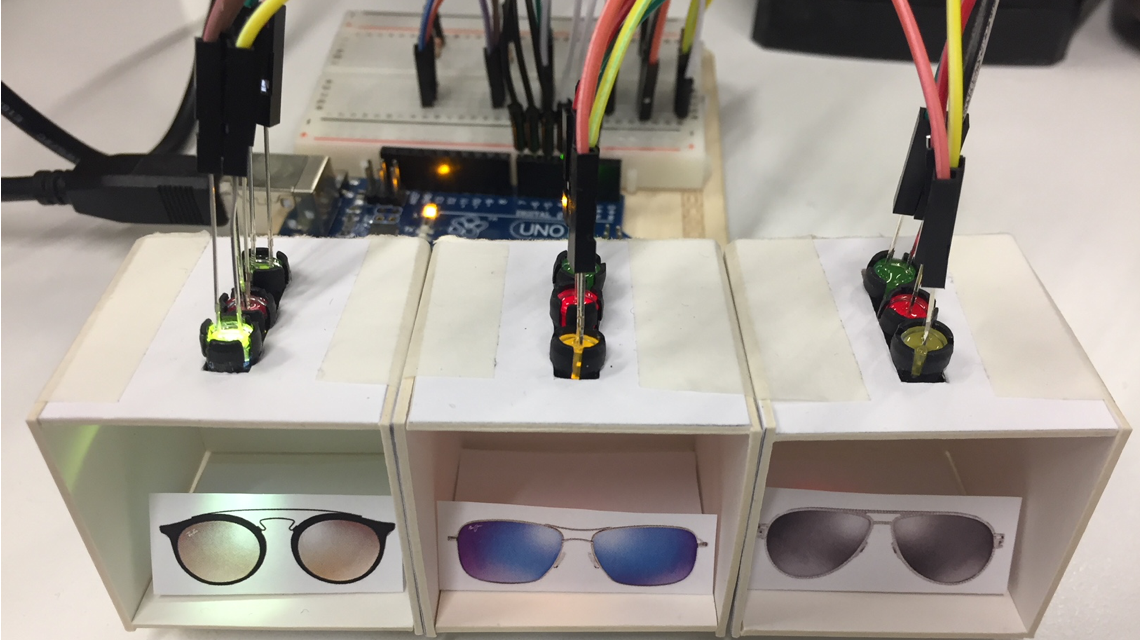
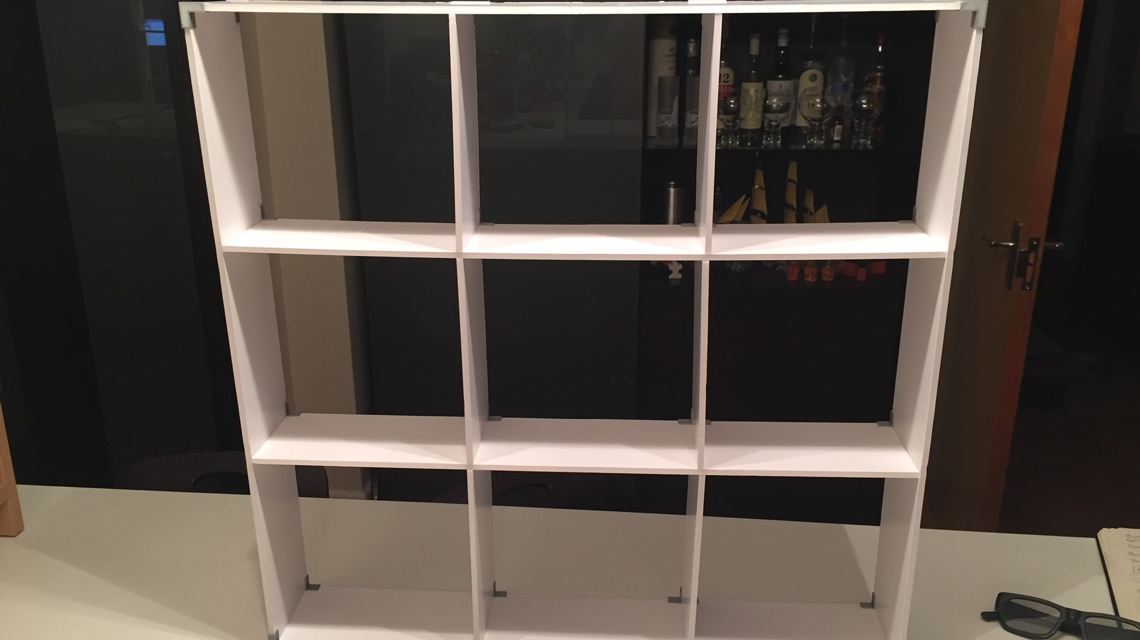
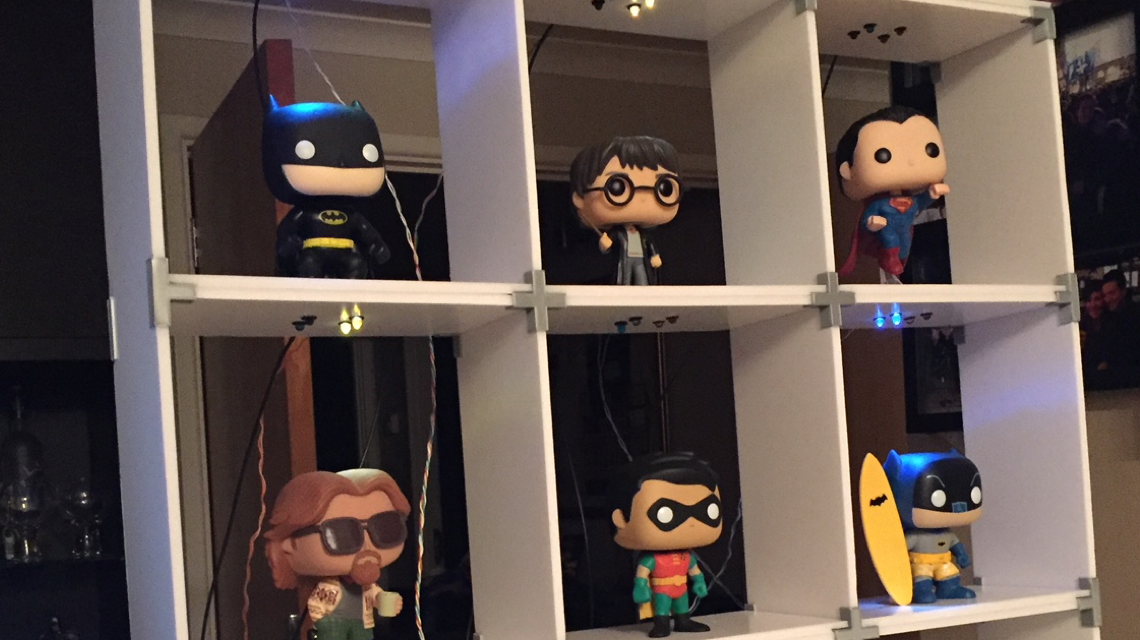
My role and takeaways
I worked on this project with one of our creative directors. This was a side project and therefore I had to use personal time to complete it. The idea had very good reception internally and was showcased in a couple of presentations. This project pushed me to think about retail experiences in high street shops and how they could be designed for large audiences. I also learned to work with foamboard.
Selected Work
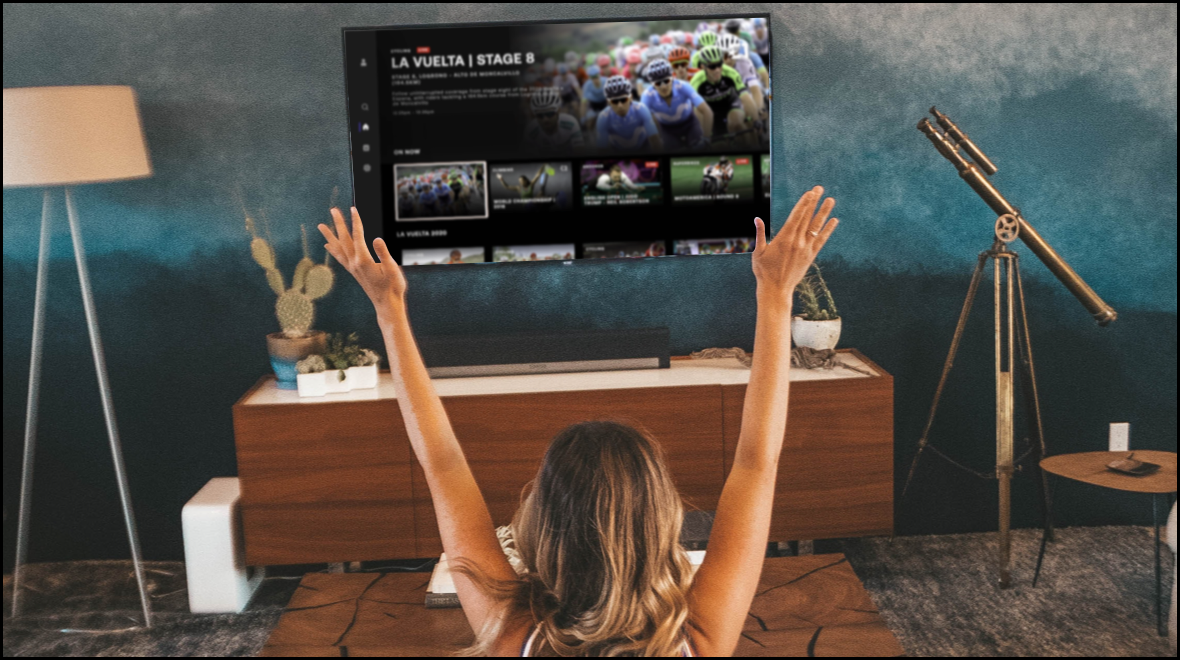
EurosportConnected TV
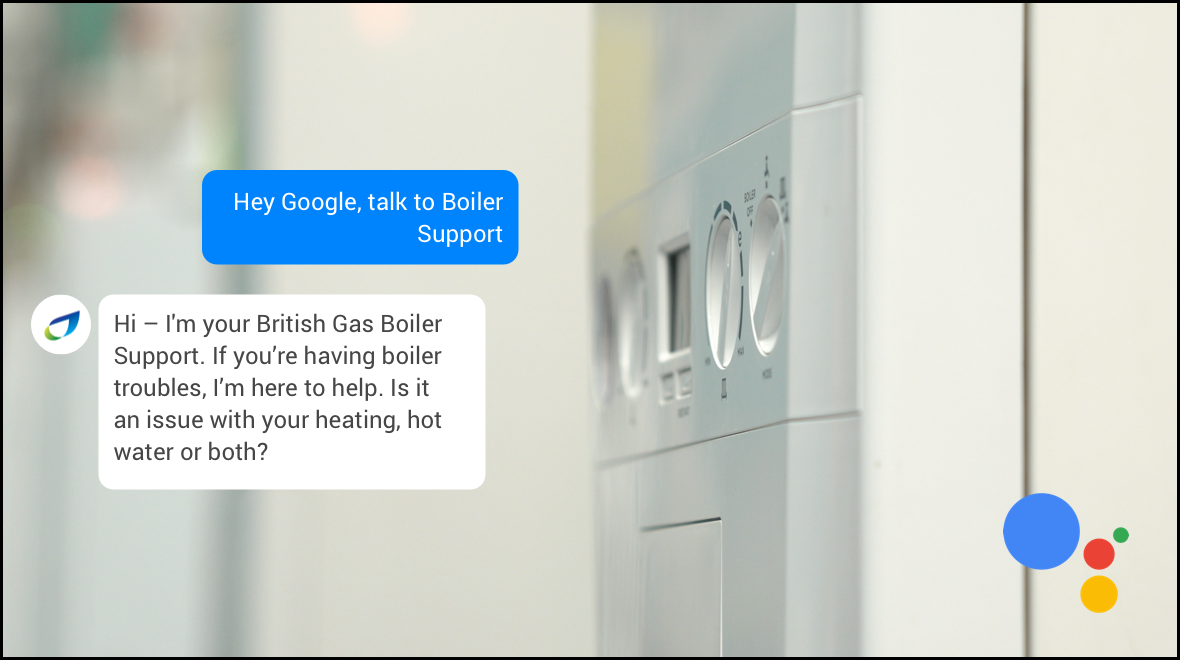
Boiler SupportVoice UI Design

Recipes - Voice SkillVoice UI Design
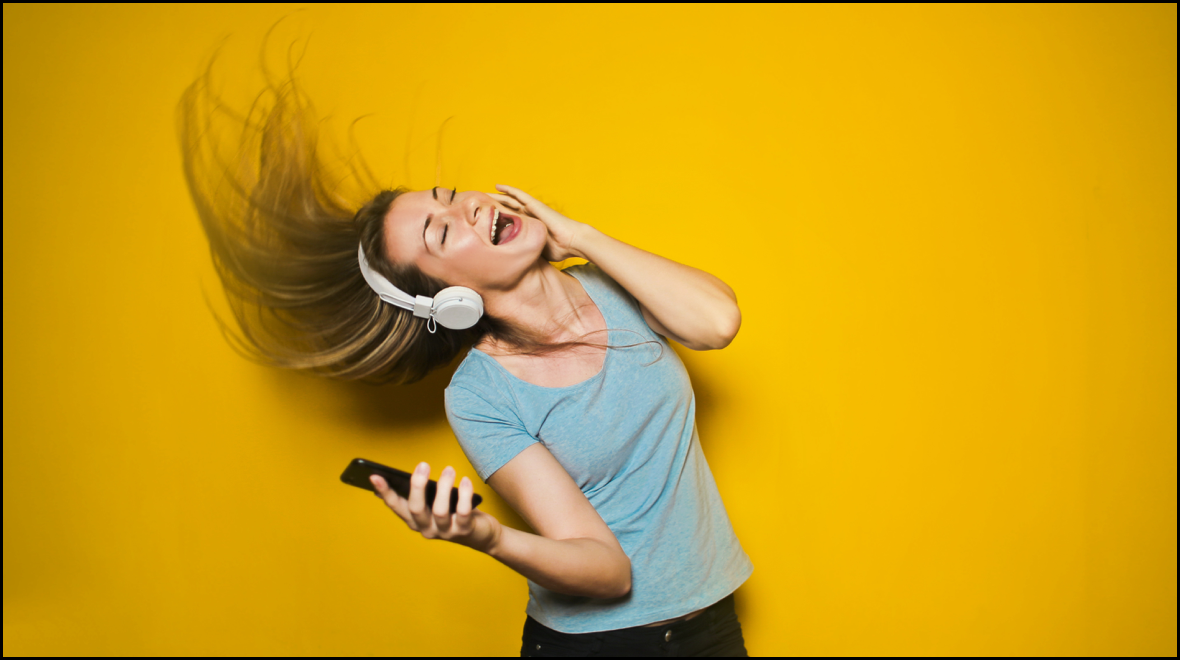
7digital iOS AppApp design
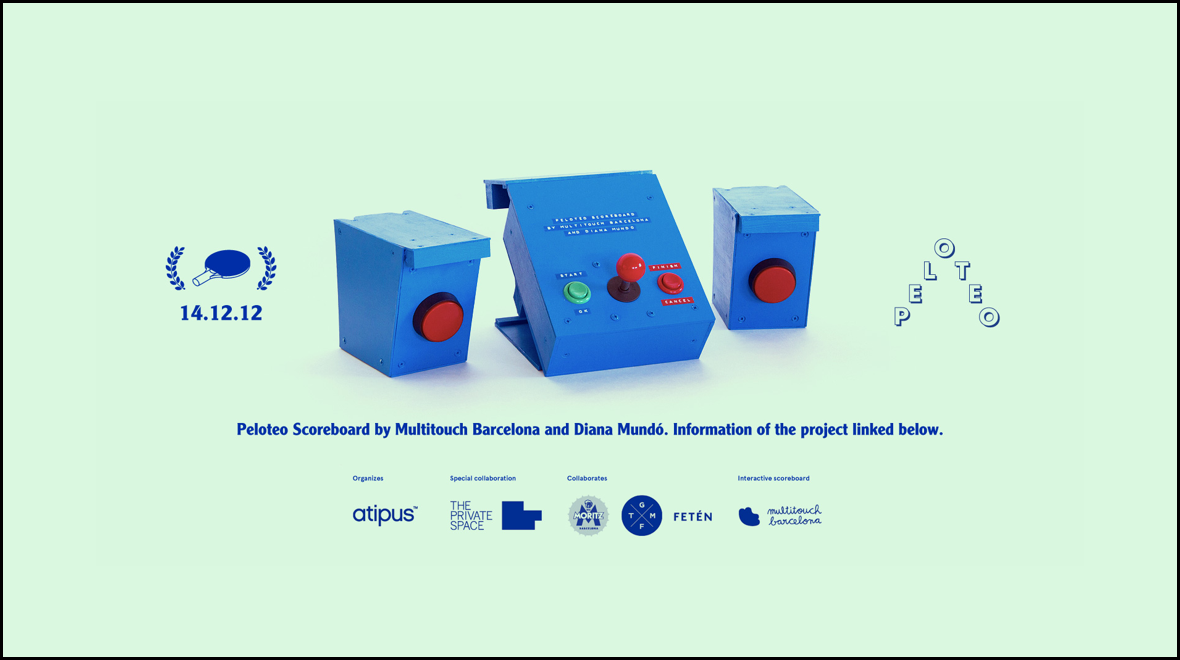
PeloteoExperiential design

Connected ShelfExperiential design
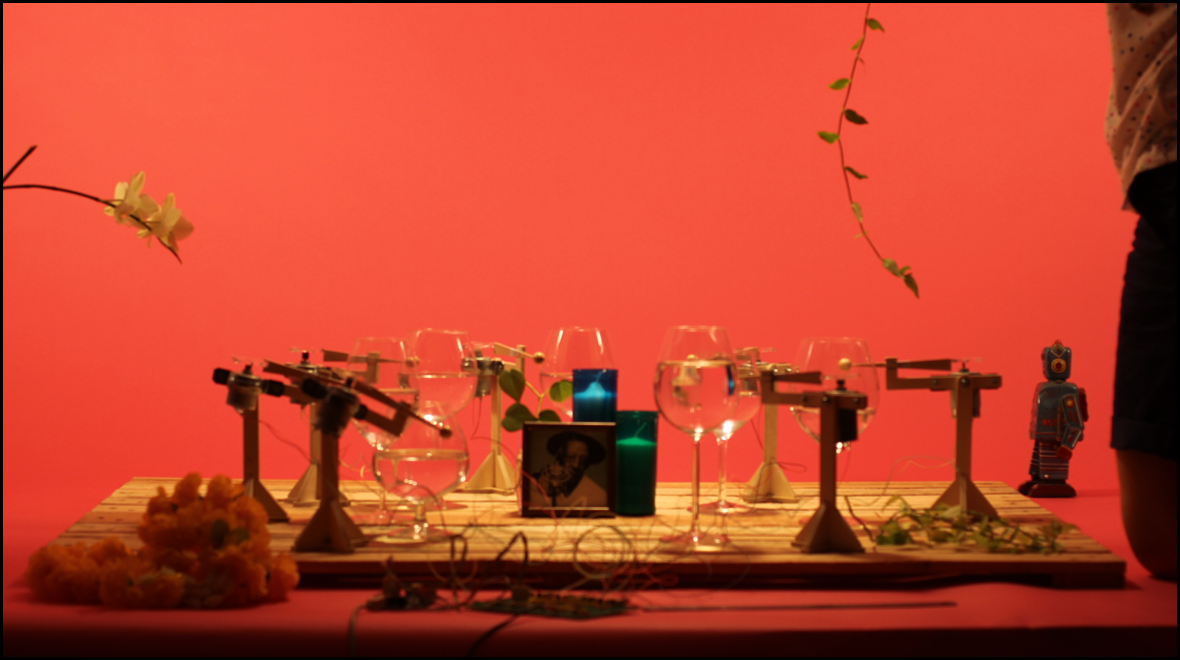
MIDI PlayerExperiential design
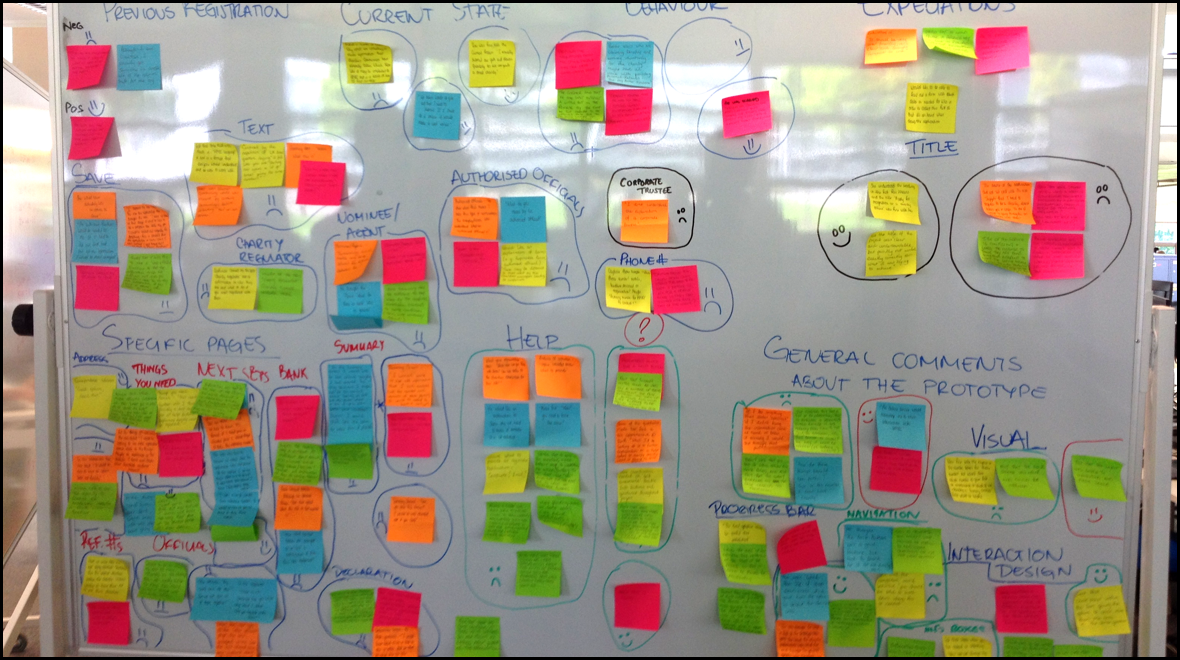
Government Digital Services (GDS)Interaction design & Research
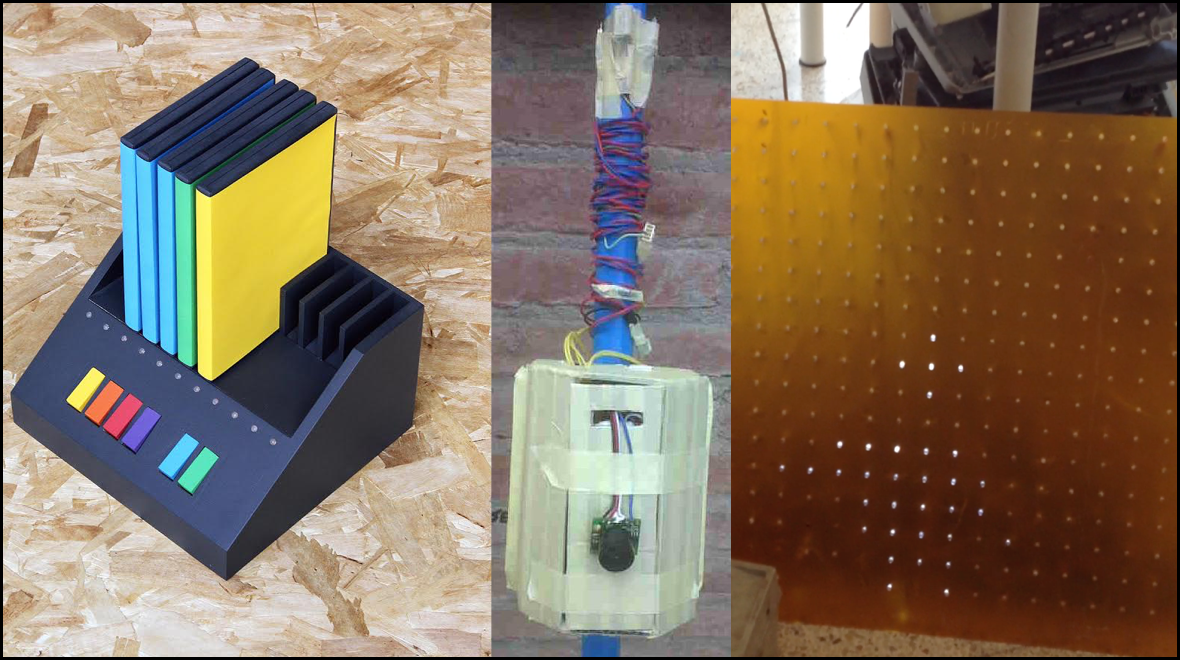
ExperimentsOther projects


